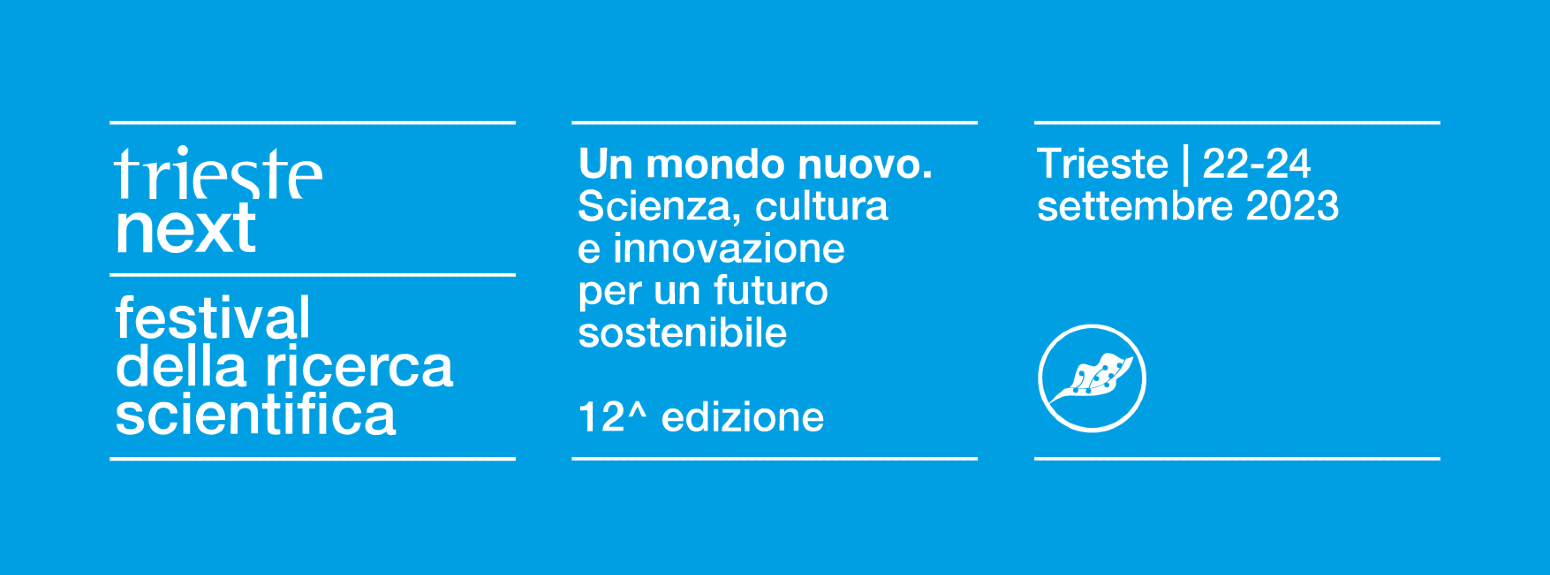Intesa Sanpaolo Innovation Center presents the innovations of today and tomorrow for the Silver Economy
Changes and opportunities in the aging of the world population: a new interpretation proposed thanks to the "X-Plore Silver Economy" report
From 22 to 24 September 2023 took place the twelfth edition of "Trieste Next-Festival of Scientific Research" - promoted by the Municipality of Trieste, University of Trieste, ItalyPost, Immaginario Scientifico with the co-promotion of Regione Autonoma Friuli-Venezia Giulia and the collaboration of the European Commission - which this year had the title "A new world. Science, culture and innovation for a sustainable future".
Three hundred illustrious names from science, research and innovative Italian and international industry were the protagonists of the three-day event, which have given rise to over 100 events (talks, scientific laboratories and debates focused on medical science, social, human and innovation) proposing new reflections to make the world more sustainable and combat climate change.
Presentation of the report "X-plore Silver Economy" by Intesa Sanpaolo Innovation Center
Addressing one of the crucial contemporary themes, in the meeting entitled "Silver economy: changes and opportunities" Stefania Vigna - Head of Trend & Technologies at Intesa Sanpaolo Innovation Center - offered an economic interpretation of the current demographic trend in Western countries with the report "X-plore Silver Economy".
Starting from the socio-demographic aspects of the Silver Economy- set of economic activities related to production, consumption and trade of goods and services (public and private) aimed at satisfying the needs of the most mature age groups - the report shows that population ageing is a widespread trend in all developed regions to the declining birth rate and lengthening of life expectancy, with Europe having the highest percentage of over 65 of the total population (19% compared to 17% in North America and 13% in Oceania).
However, digital literacy allows older people to continue to generate income by working (over 55 people in the EU rose from 12% to 20% between 2004 and 2019).


Aging at Work: problems and innovative solutions for "senior" workers
To help seniors maintain high productivity in a change of work-life balance, is born the concept of Aging at Workbased on four Pillars : active aging, lifelong learning (training methods adapted to changing learning abilities), well being (motivation and involvement of seniors) and discrimination (prevention and elimination of age discrimination).
Respect to the four cornerstones of aging at work, Stefania Vigna illustrated some innovative solutions already available on the market or coming soon present in the report.
From exoskeletons able to increase individual physical capabilities to apps that preserve psychophysical well-being (active aging) as well as a platform that leverages Artificial Intelligence and human specialists to create immersive simulations to facilitate the learning process.
In addition, senior workers are seen as less competitive because of the low propensity to adapt to technological innovations or work rhythms causing age shaming, or negative judgments due exclusively to age by colleagues and seniors to themselves. Discrimination also affects digital (digital ageism), with the creation of services and applications based on AI that do not consider the needs of the elderly population.
Aging in Place: from Ambient Assisted Living to Senior Housing
The report presented at Trieste Next continues by addressing the Aging in Place: a concept linked not only to homes and the need for independence and autonomy of seniors, but also to the sense of belonging to a community. This is why were born the innovative Ambient Assisted Living (AAL): barrier-free homes equipped with sensors to collect data both on the health of the inhabitants and on the domestic environment.
In addition to the now widespread voice assistants, technologically advanced solutions are available: from capacitive sensors integrated in the floor that detect the position of the occupants of a room identifying "risky" positions, to other infrared in 3D (used in the USA and the UK) that detect accidental falls or unusual movements, warning caregivers promptly.
Furthermore, in the East are spreading Senior Housing: apartments of small size and close to each other, which foster independence and a sense of community by offering various useful services to seniors.
City Living, innovations for seniors in urban areas
Another aspect to consider is the City Living because, according to the World Health Organization, over 61% of the over 65 live in urban areas. Town planning must therefore take this into account , although it is often not enough.
However, there are already collaborative digital solutions such as a social app that allows users to interact with each other and contribute by reporting bumpy roads and obstacles, devices equipped with advanced sensors and cameras that detect and signal the presence of barriers of all kinds, and earphones able to process and separate acoustic signals allowing to users with hearing problems to listen a specific sound source.
